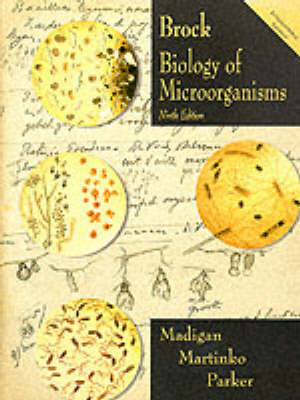Prentice Hall international editions
2 total works
Electromagnetic Waves
by David H. Staelin, etc., Ann W. Morgenthaler, and Jin Au Kong
Published 1 September 1993
Emphasizing concepts, examples and problem-solving techniques, this text has wide applicability, relying only on basic physics and mathematics, rather than electrostatics, magnetostatics and quasistatics. The focus is on generic problem-solving techniques - both mathematical and physically intuitive, and the presentation of basic electromagnetic theorems (Poynting, energy, uniqueness and reciprocity) - explained from a physical perspective. Key features are that it progresses from simple wave propagation in unbounded free space to antenna and resonator design and begins directly with Maxwell's equations and their solution in unbounded free space. It covers the funadmental concepts of place waves, phasors, polarisation, energy, power and force and then applied them repeatedly throughout to problems with progressively more complex boundary conditions. It uses "back-of-the-envelope" approximations throughout and in some cases compares alternate problem-solving approaches - both mathematical and physically-intuitive and repeatedly presents - in different contexts - the relationship between electromagnetic field descriptions and electrical circuits.
Interesting practical problems are provided throughout and are the basis for end-of-chapter problems. It presents mathematical and physical problem solving techniques in a way that can be extended to other subjects besides electromagnetic waves.
Interesting practical problems are provided throughout and are the basis for end-of-chapter problems. It presents mathematical and physical problem solving techniques in a way that can be extended to other subjects besides electromagnetic waves.
This text emphasizes the principles of microbiology, presenting both the general and molecular aspects of microbiology. The sixth edition expands material on microbial diseases to hrlp instructors taking a medical microbiological approach to the material. It includes revision study questions which are designed to encourage students to synthesize information and draw conclusions.

